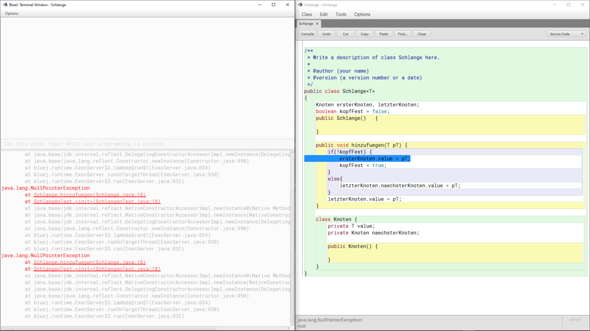

500.22 – An ASP.NET httpModules configuration does not apply in Managed Pipeline mode.500.19 – Configuration data is invalid.500.15 – Direct requests for global.asax are not allowed.500.12 – Application is busy restarting on the web server.500.11 – Application is shutting down on the web server.500.0 – Module or ISAPI error occurred.If it’s an IIS 7.0 (Windows) or higher server, they have additional HTTP status codes to more closely indicate the cause of the 500 error: readme 500 internal server errorĮven the mighty YouTube isn’t safe from 500 internal server errors. Here is another creative 500 server error example from the folks over at readme. 500 internal server error in Firefoxīigger brands might even have their own custom 500 internal server error messages, such as this one from Airbnb. When dealing with 500 internal server errors, this is actually quite common in browsers like Firefox and Safari.

Other times, you might simply see a blank white screen. More information about this error may be available in the server error log. Please contact the server administrator, and inform them of the time the error occurred, and anything you might have done that may have caused the error. The server encountered an internal error or misconfiguration and was unable to complete your request. You might also see this message accompanying it:

“Is currently unable to handle this request.“The website cannot display the page – HTTP 500.”.Below are just a couple of the many different variations you might see on the web: But they are all communicating the same thing. Issues with third-party plugins and themes.Ĭorrupted files in your WordPress installation.ĥ00 Internal Server Error Variations 500 internal server error in WordPressĭue to the various web servers, operating systems, and browsers, a 500 internal server error can present itself in a number of different ways. “Is currently unable to handle this request. “The website cannot display the page – HTTP 500.” In this case, a 500 internal server error indicates that the server encountered an unexpected condition that prevented it from fulfilling the request ( RFC 7231, section 6.6.1). There are a lot of different types of 500 status error codes (500, 501, 502, 503, 504, etc.) and they all mean something different.
#JAVA QUEUE EXAMPLE STACKOVERFLOW CODE#
It could be a 200 status code which means “Everything is OK” or a 500 status code which means something has gone wrong. A status code is a way to notify you about the status of the request. The HTTP also includes what they call an HTTP status code. The server takes this request, processes it, and sends back the requested resources (PHP, HTML, CSS, etc.) along with an HTTP header. We can see that the same is also true when applied to Strings: PriorityQueue stringQueue = new PriorityQueue() ĪssertEquals("cherry", third) 6.When you visit a website your browser sends a request over to the server where the site is hosted. Let’s take a look at how this works with a simple unit test: PriorityQueue integerQueue = new PriorityQueue() ĭespite the order in which our integers were added to the Priority Queue, we can see that the retrieval order is changed according to the natural order of the numbers. When new elements are inserted into the Priority Queue, they are ordered based on their natural ordering, or by a defined Comparator provided when we construct the Priority Queue. One such exception to this rule is the PriorityQueue. We saw earlier that most of the Queues that we come across in Java follow the FIFO principle.


 0 kommentar(er)
0 kommentar(er)
